Stories of a saint with papal biographer George Weigel
As part of its Catholic Culture series, the Center for Ethics and Culture sponsored George Weigel at Notre Dame this past week. This series, which began in 2002, offers “lectures focused on prominent Catholic figures in literature and the arts” in order to expose the Notre Dame community “to the richness of our vast Catholic cultural heritage.”
George Weigel serves as Distinguished Senior Fellow and Chair of Catholic Studies at the Ethics and Public Policy Center in Washington, D.C. His focus during this lecture, however, stemmed from his position as best-selling author of three biographies of Pope Saint John Paul II: Witness to Hope, The End and the Beginning, and Lessons in Hope.
His latest book, Lessons in Hope, is less of a structured biography, but more a collection of anecdotes about the Holy Father. Weigel opened his lecture by describing a dinner setting with the Pope on December 15, 2004. At that time, he had written one biography and had originally thought that would be enough, but on that day, just months before the Pope’s death, he told the Pope, “I promise I will finish what I began.” It was then, he said, that he realized there was so much more of the Pope’s story to tell.
After several years of research, he published the second biography in 2010 and once again thought his work was done. However, as time passed since the Pope’s death, Weigel said that people felt as though the Pope was drifting away from them, becoming intangible. “What they wanted were stories…that would bring him back, closer,” he explained, and that made him realize that he still had work to do. “Perhaps I hadn’t fulfilled my promise to him on that last night because I hadn’t told all of his stories.”
And so the idea for Lesson in Hope was born. Weigel discussed the different approach he took in writing this book by describing an encounter with the Pope in March 1996: “In a wistful frame of mind…[the Pope] told me, ‘They try to understand me from the outside, but I can only be understood from inside,’ and I thought that was about right.”
Weigel strove to understand Pope Saint John Paul II in different terms than other biographers, to “illuminate facets of Carol Wojtyla’s remarkable life as priest, bishop and pope.” Some of the anecdotes he included showed the Pope as a “man of intense prayer.” For instance, before World Youth Day began in 1983, everyone told Pope Saint John Paul II that he was crazy and that it could not be done, “but because he had prayed over that inspiration…and through the remarkable friendships with young people…he thought it was not just doable but manageable.”
In another example, Weigel described the Pope as “a modern mind with a very modern critique of modernity.” He said that the Pope “refused to submit to the tyranny of the possible,” or thinking that social changes were inevitable and that the Church should surrender to problems such as the Berlin Wall and the sexual revolution. The Pope fought Communism for years and published his well-known Theology of the Body to combat the sexual revolution, never once giving up. Weigel said the Pope’s “permanent openness kept permanent freshness to the pontificate until the very end.”
Weigel also included personal anecdotes of his experiences with the Pope, saying that he had a “genuine pastor’s heart” and that “he never forgot that he was a priest.” Addressing the same dinner on December 15, 2004, Weigel said that his father had died two months previously. This was the first time he had seen the Holy Father since then, and the first thing Pope Saint John Paul II said to him was “How’s your mother doing?” Weigel said that stayed with him as he wrote Lessons in Hope.
He had so many stories to tell about the Pope that when it came time for production, his editor told him he needed to cut a third of the pages he had written. “I had about 600 pages written,” Weigel said, and the finished product has around 400. As to why he chose to keep certain stories over others, he said that he sought to assure people through the stories that Pope Saint John Paul II was a real, very human person who could connect with others and did not simply live in “his own orbit” of holiness above everyone else. “And some,” he added with a chuckle, “were just very good stories.”
“It led me to think of my own life in a different way,” he reflected. Writing about Pope Saint John Paul II’s life helped him to see random things in his own life as preparation for fifteen years of biographing a saint.
“I learned to be open to the surprises, as indeed he was,” he said. “And I have found in my own life that it’s a spiritually enriching way to live.”
Monica VanBerkum is a sophomore anthropology major living in Cavanaugh Hall. As the weather turns cold, you will find her desperately seeking any ray of sun while also enthusiastically busting out her fuzzy socks. Contact Monica at mvanber1@nd.edu.
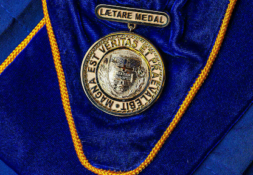
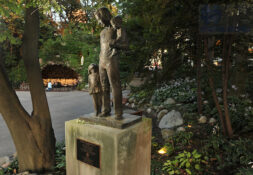
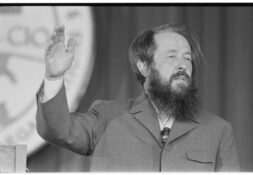
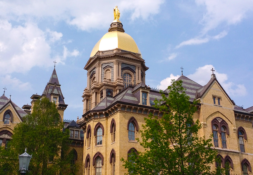
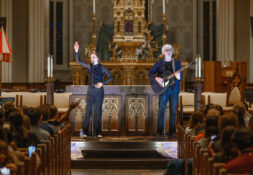

Leave a Reply